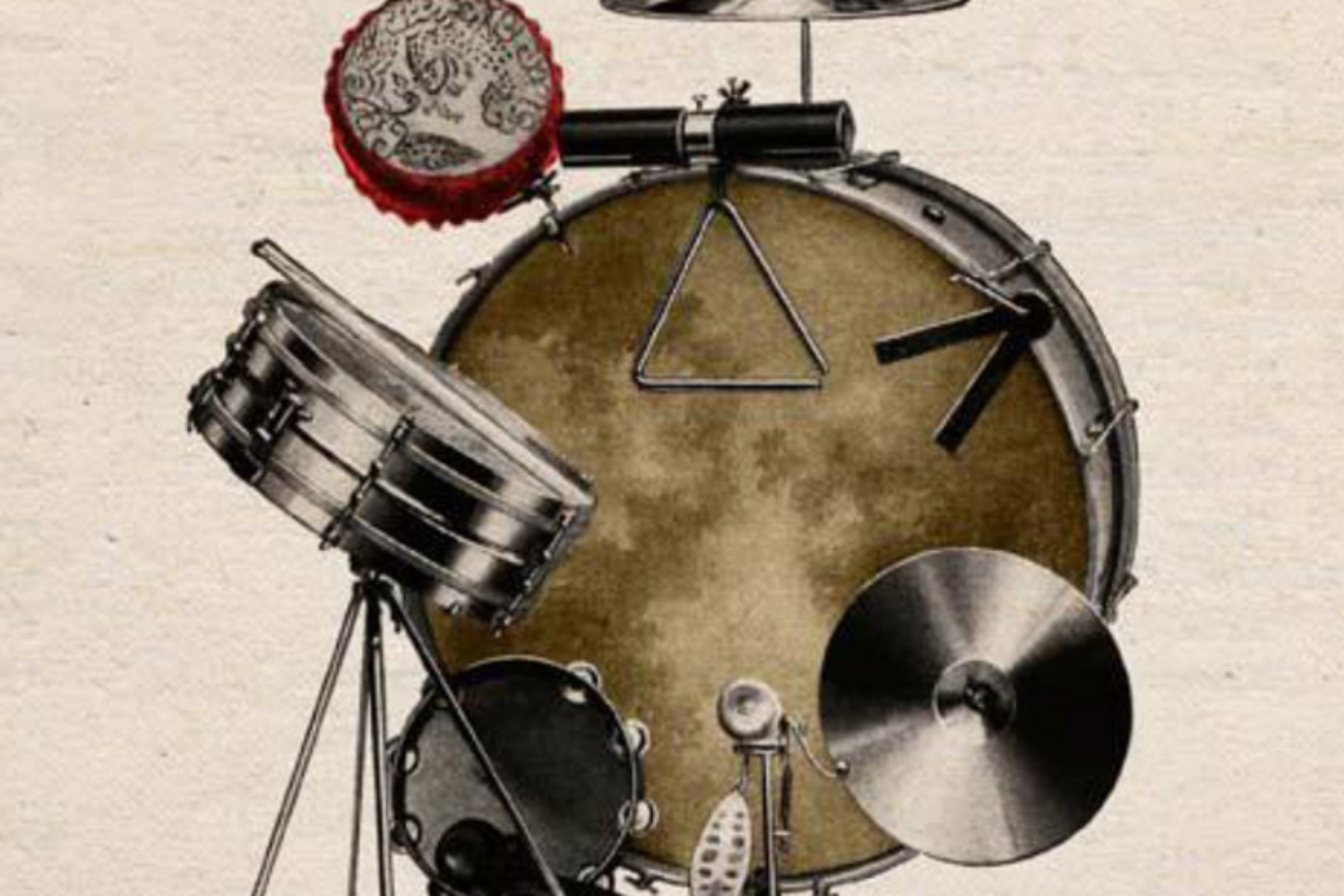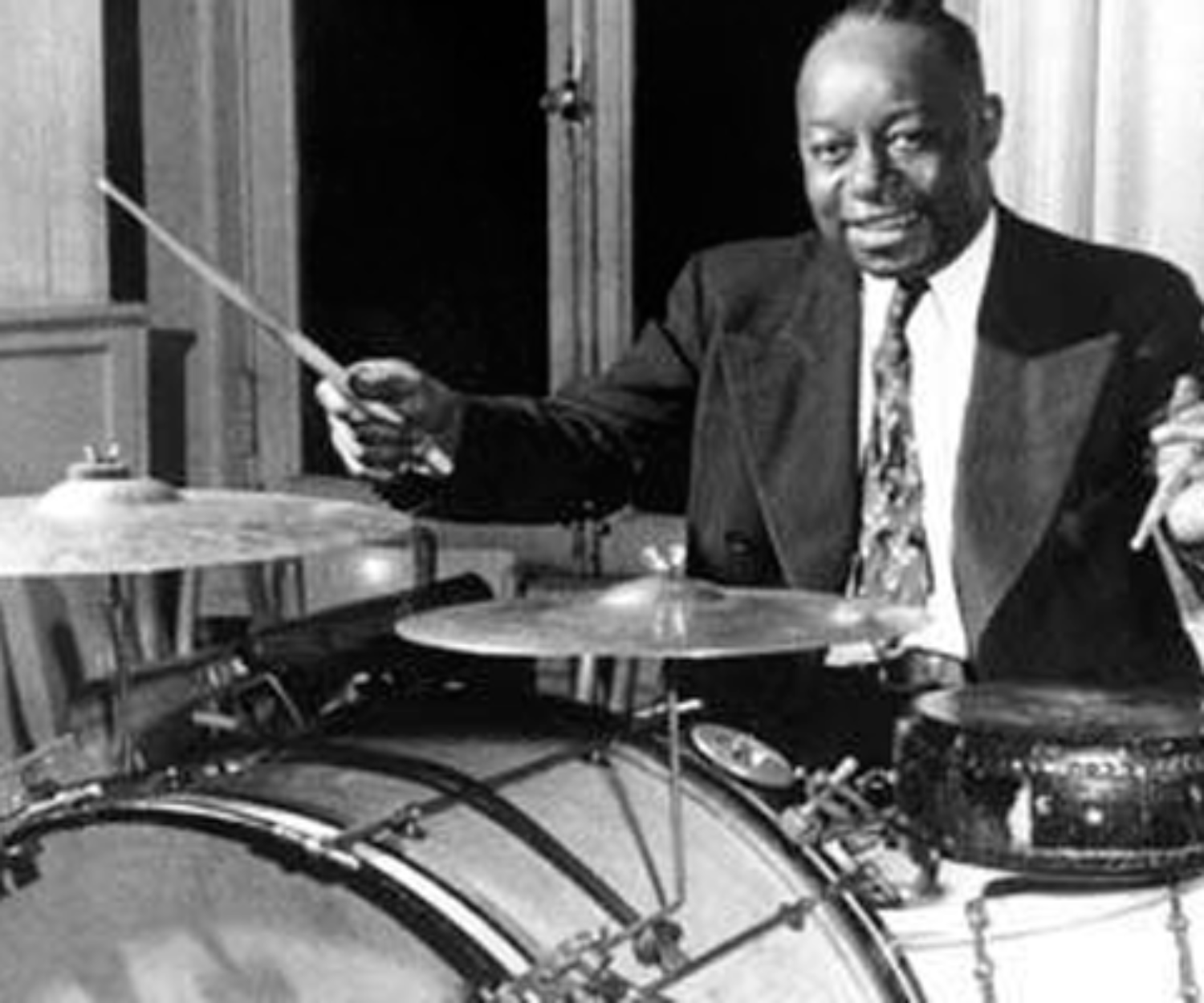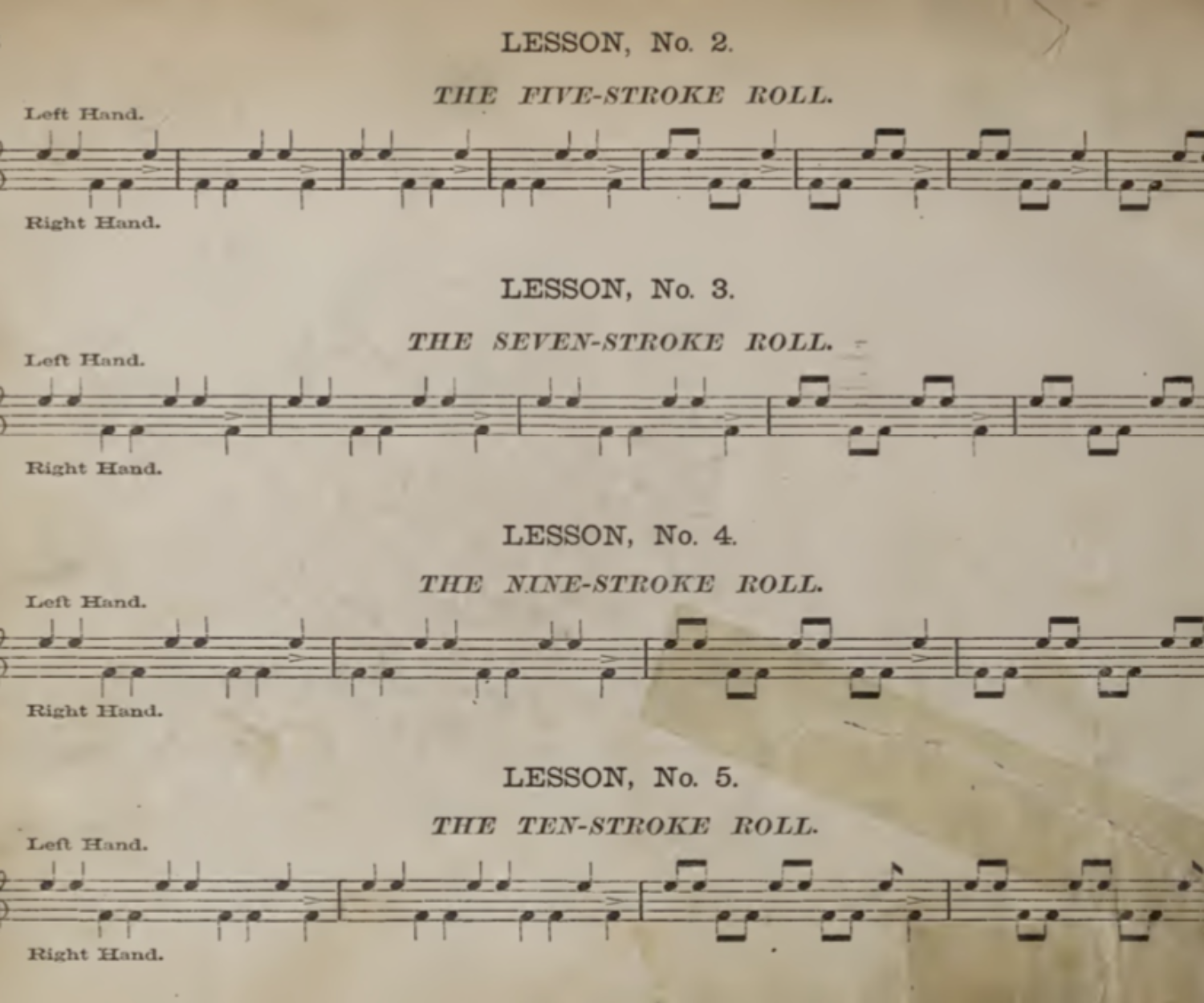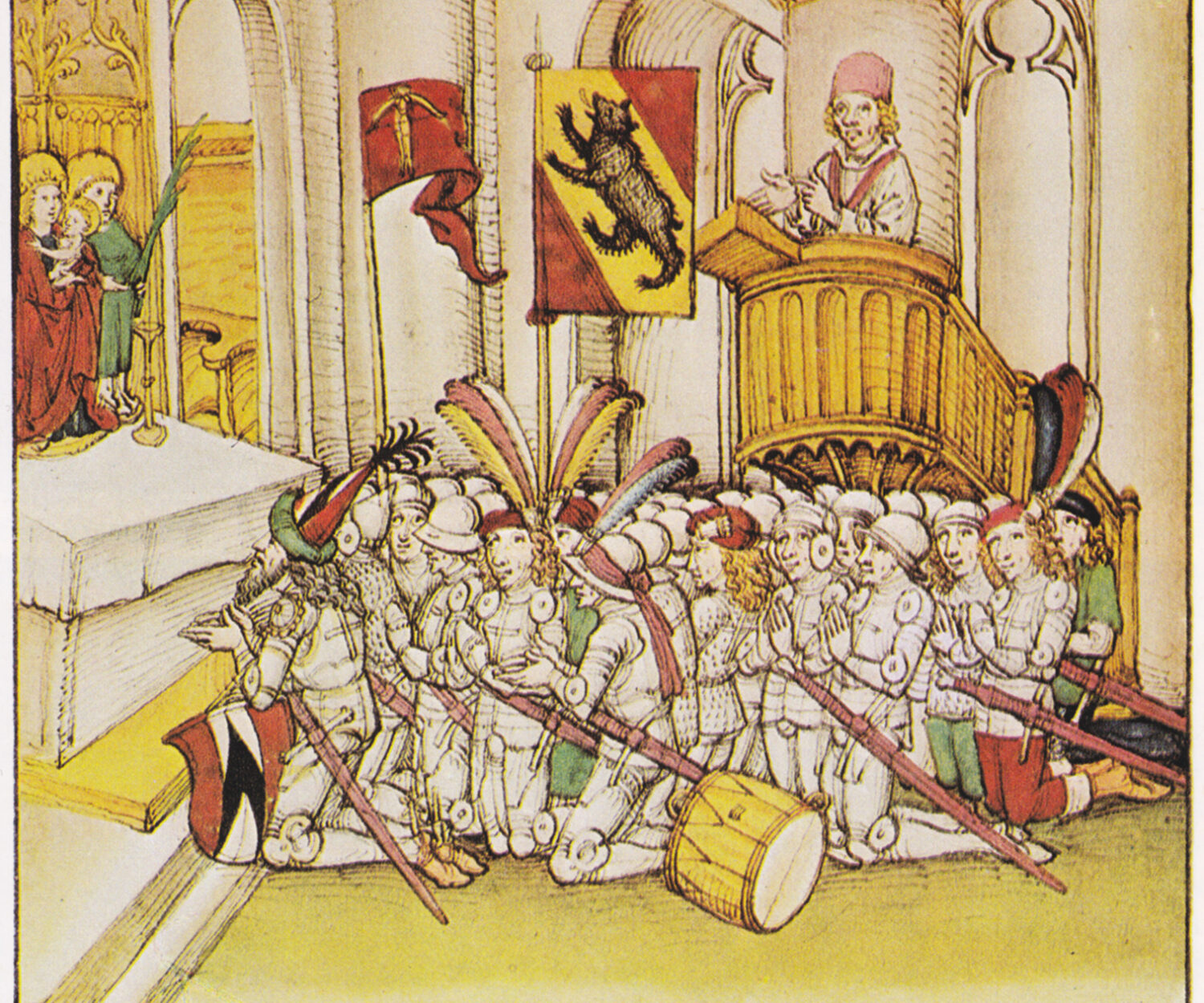When was the drumset invented? Many people know what a drum set looks like, but few know how we got to the set as we know it today.
Let’s retrace together the salient phases of the formation of our splendid instrument.
When was the drumset invented: Origin and evolution
The birth and development of drums are inextricably linked to the history and evolution of Jazz.
The nerve center of the birth and evolution of Jazz is the city of New Orleans. Founded on November 1, 1718, by French colonists, it became the capital of French Louisiana after 4 years. In 1763 it was ceded to Spain, under whose rule it grew in importance thanks to the development of the sugar industry and above all thanks to an agreement signed with the United States which guaranteed the use of the port of the city to the Americans. In 1803 it was definitively sold to the United States. It was the scene of the Civil War until 1865 when it ended. The end of the war coincided with a dizzying increase in immigration, favoring the birth of a cosmopolitan environment. The presence of Italians, Irish, Germans, French, and English increased, as well as communities of former African slaves.
Music is deeply rooted in this context, as reported by Eileen Southern:
‹‹In the songs of the stevedores, of the rowers, in those that accompany the beating of rice or the husking of corn, the melody was always supported by percussion effects, coordinated with the movements of the body engaged in work. The sounds of the percussion were probably inspired by well-marked noises, such as those of the magician, the machete, or the flail, or by other more subtle ones, such as those of the oars plunging into the water, and for the singer, they constituted an important part of the execution. The slave accompanied his singing by drumming on a plank; the banjo player tapped his foot playing and singing››
For the first time after the end of the Civil War, the administration of New Orleans issued an ordinance granting a part of the city as a social gathering point where people of all ethnic groups could express themselves with music, songs, and dances. Congo Square becomes the meeting place for all the cultures present in the city.
This element takes over an already fertile situation musically. A legacy of French customs, the streets of New Orleans host the Brass Bands, the famous parade fanfares, flanked by the Spasm Bands, made up of Blacks who played instruments built with makeshift materials (banjos built with cheese boxes, double basses obtained with parts of barrels…).
The coexistence of these realities is thus photographed by Eileen Southern:
‹‹On the one hand, the music of the freed slaves and the musically educated and well-trained “Creoles of Color” played at all balls and at all parades of all social strata, and interpreted classical European music with talent [. ..]. And on the opposite side, there was the African music of the black slaves in Congo Square, instinctive and very rhythmic, which after the abolition [1848] of dancing in this square descended into the taverns, cabarets, and other infamous places of the city. The two currents merged after the Civil War [1865]››
Frank Tenòt in his work “Le style New Orleans en Jazz” writes:
‹‹Thus on a rhythmic foundation born from the orgies of the drums of the ancient Congo Square, the most diverse materials amalgamated: military marches, quadrilles, Scottish polkas, mazurkas, Latin American songs, religious songs, operatic arias, ballads Celtic, nursery rhymes of itinerant merchants […].
The white (Western) contribution was that of instrumentation, rhythmic infrastructure, and thematic material. The black (African) contribution consists in the interpretation, in the “vocalized” work of the timbres and sounds, the importance of the percussion, and in the adaptation of the pentatonic modal variations to the traditional Western scale.››
The emblem of the contact of these systems is the music known as Ragtime, a mainly pianistic style that sees the relationship between the left hand of the piano, which bears a marching time in 2/4 representing the European matrix, and the right hand which builds on it syncopated melodies typical of African culture.
When was the drumset invented: the pedal
All mutations are the result of the adaptation of primary characteristics to a new environment. The same goes for the battery. The transition from Fanfare from Parata to bands playing in clubs forced the musicians to adapt instruments and ensembles to the new situations. The drummer starts playing the Drum, the Bass Drum, and the Cymbal at the same time and reports the words of Georges Paczynski:
‹‹By deciding to play seated, the drum player became a Drummer››
The Double Drumming technique was born, which allows the drummer to play the bass drum and the snare exclusively with the hands, consequently limiting its range of action.
The repertoire was that of the Marching Bands, therefore built on strong tempos 1 and 3, with the trend that will later be defined as “in 2”. Technology was quick to make up for this shortcoming.
Edward “Dee Dee” Chandler (1870ca-?) Drummer of the John Robichaux Orchestra is believed to be the first player to include a pedal in his set. In the photo below, in a photo of the Robichaux orchestra (with violin, seated second from right) Dee Dee Chandler poses with his set in which a pedal is recognizable.

Dee Dee Chandler en het Robichaux orkest
The first examples of bass drum pedals were called “Overhanging pedals” [suspended pedals] obtained with a beat suspended on the upper edge of the case and operated by a pedal on the ground. However, their functionality was not appreciated by drummers who often preferred to resort to Double Drumming.
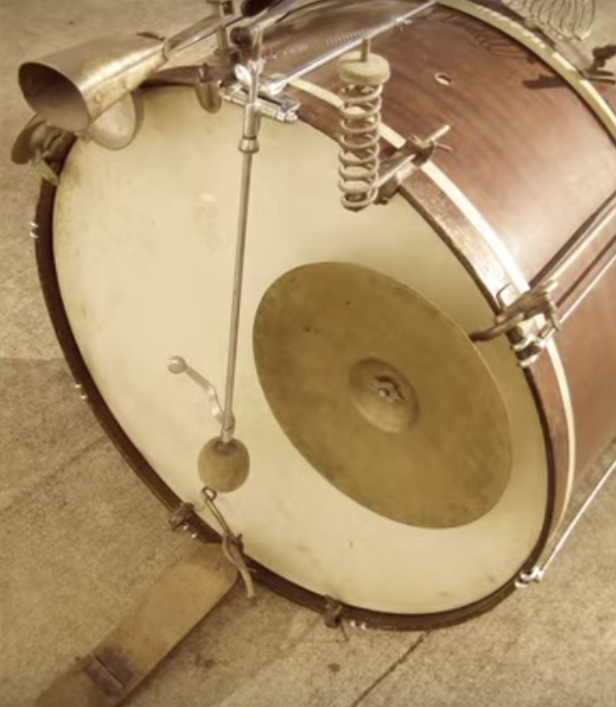
Overhanging pedal
In the first decade of the 1900s, a family proposed itself as a manufacturer of drum pedals, the Ludwig Drum Company. The instrument had to be light, and handy but reliable at the same time. Ludwig proposes his model marking a fundamental stage in the development of the American drumming style. The rod attached to the beater allowed a plate attached to the side edge of the case to be struck when the skin was struck.
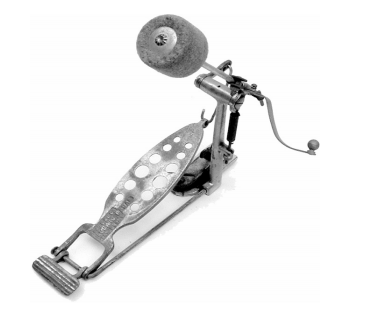
Ludwig pedal

Pocket pedal
The pedal had to be easy to transport and as shown in the photo above, William Ludwig illustrates the solution.
When was the drumset invented: the toms
Originally from China, these drums were used in theatrical performances under the Ch’ing dynasty (1644-1911). With the end of the American War of Independence, many Chinese migrants arrived in New Orleans, bringing with them their customs and traditions, including musical ones. 

Together with the woodblocks and the cymbals (characteristic and still in use today under the name of “china”), they became part of the basic set at the end of the 19th century.
When was the drumset invented: the hi-hat
Introduced in the 1920s, the hi-hat is responsible for another drumming revolution. Until then the groove was played on the snare drum with the kick playing all fourths, and the main accents were played on a cymbal with the “choke” technique, i.e. hitting with one stick and dampening the blow immediately after with the other hand.
The ancestor of the modern Hi Hat was called the “Snow Shoe”, due to its resemblance to it. It consisted of two wooden surfaces to the ends of which two small cymbals were attached which were played by pushing the foot on the ground.

Low boy

Hihat
A direct emanation of the Snow Shoe was the “Low Boy”, which provided the same mechanism as today’s Hi Hat but was placed 20 cm from the ground and used to play offbeats with the left foot. More and more drummers began to feel the need to lighten the accompaniment; the Low Boy was raised thus becoming “Hi-Hat”, giving the possibility to the musicians to play the cymbals with both the left foot and with both sticks. The first pairs of cymbals used both for the low boy and for the hi-hat included a 10″ cymbal at the bottom and a smaller cymbal equipped with an average 5″ bell as the top, giving the shape of a real own hat, hence the name Hat.
When was the drumset invented: the cymbals
The use of dishes has ancient traces in the history of man. Bronze, the oldest metal alloy, has been present since 5000 BC. in Asia. Descriptions of instruments built with this material are present in the Old Testament, as well as in Greek and Roman culture (Ceremonies of Bacchus and Cybele). The English term Cymbal derives from the Greek kymbos with the Latin equivalent cymbalum which means “cup, container” given the concave shape of the first specimens.
In addition to the Chinese cymbals already discussed, the other counterparts included in the drumset were of Turkish origin. The Zildjian Cymbal Company of Istanbul was born in the 17th century under the Ottoman Empire. Avedis Zildjian I, in an attempt to obtain gold by mixing simple metals, obtained an alloy with very great sonic properties. The use of music was not even imagined, so much so that the company sold its productions to the Turkish army. Avedis Zildjian II changed the intended use of the products, opening up to the classical music and opera market, which grew rapidly in the 19th century.
In the 20th century, Avedis Zildjian III imported the factory to America and Zildjian cymbals became an integral part of the drumset.

Avedis Zildjian III
When was the drumset invented: professional equipment
In light of the above, the Set considered “professional” at the beginning of the 20th century is shown in figure 22, where all the aforementioned instruments are visible, except for the Hi-Hat, which, as mentioned, will take over in the 1920s. The instruments attached to the upper edge of the bass drum are called “Traps” and represent an expansion of the sound range available to the drummer.
The exploit of the Traps will come with the advent of Cinema when films without sound were set to live music. In this circumstance, the drummer was almost obliged to have a wide choice of accessory instruments available in addition to the Drumset.
From the 1920s onwards, the process reversed, leading to a stabilization of instrumentation consisting of a bass drum, snare drum, hi-hat, cymbals, and the first examples of toms with tunable heads, which would definitively replace the Chinese ones.
The traps disappear from the set and contextually the Drummer is identified as the player of the aforementioned set.
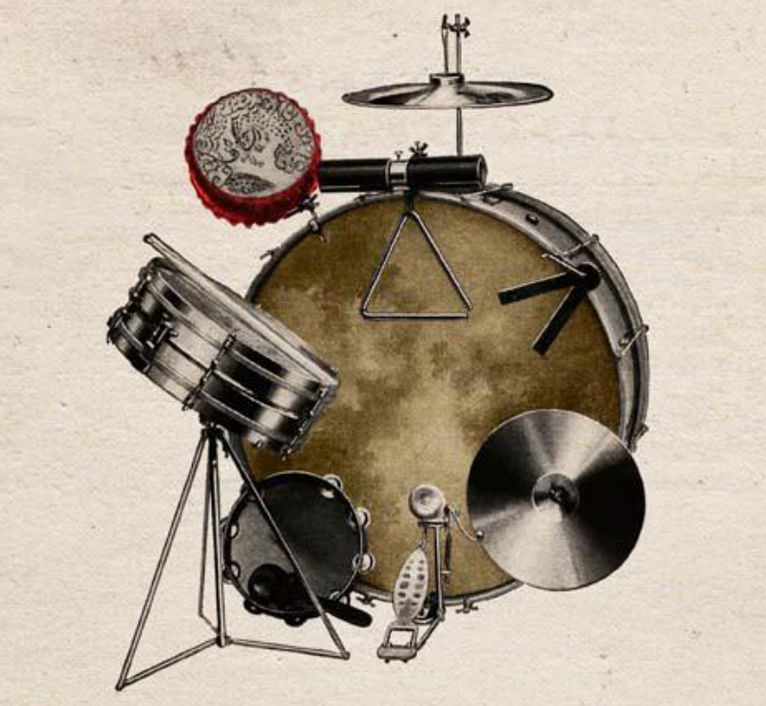
Professionele set
Conclusions
Another long journey in the history of our instrument. But how beautiful it is to know how and why our instrument came into existence as we know it today.
If you liked this article, you would also like this one.
